Home>Furniture & Design>Bathroom Accessories>What Causes Toilet Bowl Ring
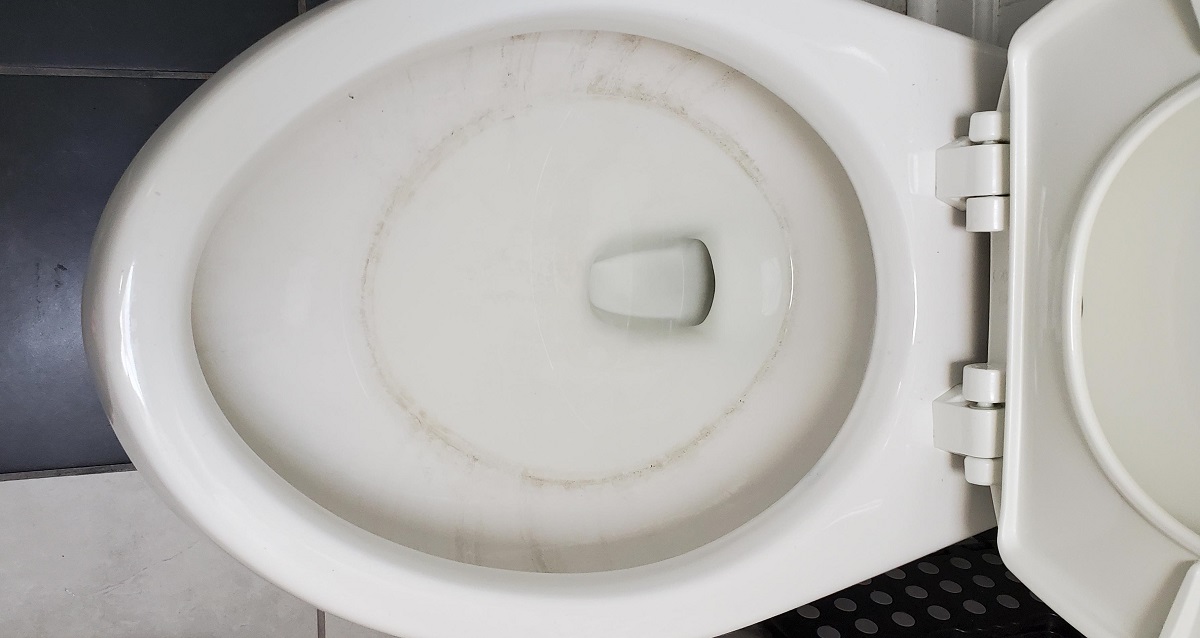

Bathroom Accessories
What Causes Toilet Bowl Ring
Modified: March 2, 2024
Learn about the causes of toilet bowl rings and how to prevent them with the right bathroom accessories. Keep your toilet clean and fresh.
(Many of the links in this article redirect to a specific reviewed product. Your purchase of these products through affiliate links helps to generate commission for Storables.com, at no extra cost. Learn more)
Introduction
A toilet bowl ring is a common and unsightly problem that many homeowners encounter. It manifests as a dark, discolored ring around the waterline of the toilet bowl, often causing frustration and embarrassment. Understanding the factors that contribute to the formation of these stubborn rings is essential for effectively addressing and preventing them. In this article, we will delve into the various causes of toilet bowl rings, shedding light on hard water stains, bacteria and mold, mineral deposits, and improper cleaning techniques. By gaining insight into these factors, you can take proactive measures to maintain a clean and pristine toilet bowl in your home. Let's explore the underlying reasons behind this pesky issue and discover effective strategies for combating toilet bowl rings.
Key Takeaways:
- Say goodbye to toilet bowl rings by using targeted cleaning products and installing a water softening system to combat hard water stains and mineral deposits. Regular maintenance and cleaning are essential for prevention.
- Combat bacteria and mold by implementing thorough cleaning practices and promoting proper ventilation in the bathroom. Addressing the presence of these microorganisms can help maintain a hygienic and visually appealing toilet bowl.
Read more: What Causes The Pink Ring In The Toilet Bowl
Hard Water Stains
Hard water stains are a common culprit behind the formation of unsightly toilet bowl rings. When water with high mineral content, such as calcium and magnesium, comes into contact with the surfaces of the toilet bowl, it can leave behind stubborn stains that are challenging to remove. These stains often appear as discolored, crusty deposits, creating an unappealing ring around the waterline of the toilet bowl.
The mineral deposits in hard water can accumulate over time, gradually forming a thick, hardened layer that adheres to the porcelain surface of the toilet bowl. This buildup not only tarnishes the appearance of the toilet but also creates a breeding ground for bacteria and mold, further exacerbating the problem.
One of the primary factors contributing to hard water stains is the prevalence of mineral-rich water sources in many regions. As water evaporates from the toilet bowl, it leaves behind mineral deposits that gradually accumulate and solidify, resulting in the formation of stubborn stains. Additionally, the continuous flow of hard water into the toilet bowl can perpetuate the buildup of mineral deposits, making it a persistent issue for many households.
Addressing hard water stains requires targeted cleaning methods and preventive measures. Utilizing specialized cleaning products designed to dissolve mineral deposits can effectively combat hard water stains. These products often contain acidic compounds that break down the hardened minerals, facilitating their removal from the toilet bowl surface.
In addition to targeted cleaning, installing a water softening system can help mitigate the impact of hard water on toilet bowl stains. Water softeners work by reducing the mineral content in the water supply, thereby minimizing the accumulation of mineral deposits in the toilet bowl. By addressing the root cause of hard water stains, a water softening system can significantly diminish the likelihood of persistent toilet bowl rings.
Furthermore, regular maintenance and cleaning can prevent the buildup of hard water stains. Implementing a consistent cleaning routine using appropriate cleaning agents can help remove mineral deposits before they solidify, preventing the formation of stubborn toilet bowl rings.
By understanding the impact of hard water stains on toilet bowl maintenance and implementing proactive measures to address them, homeowners can effectively combat this common issue and maintain a clean, pristine toilet bowl.
Bacteria and Mold
Bacteria and mold are pervasive elements in the environment, and when left unchecked, they can contribute to the formation of unsightly toilet bowl rings. The moist and enclosed environment of the toilet bowl provides an ideal breeding ground for these microorganisms, leading to the development of dark, discolored rings around the waterline.
Bacteria thrive in damp and nutrient-rich conditions, and the residual water in the toilet bowl serves as a conducive habitat for their growth. When combined with organic matter and mineral deposits, bacteria can form a slimy film that adheres to the porcelain surface, contributing to the formation of stubborn toilet bowl rings.
Similarly, mold spores, which are ubiquitous in the air, can settle and proliferate in the moist environment of the toilet bowl. The presence of mold can result in the development of dark, fuzzy patches within the toilet bowl, further exacerbating the unsightly appearance of the rings.
To effectively address the issue of bacteria and mold contributing to toilet bowl rings, it is crucial to implement thorough cleaning practices. Utilizing disinfecting cleaners specifically formulated to target bacteria and mold can help eradicate these microorganisms, preventing their proliferation and the formation of persistent rings.
In addition to targeted cleaning, promoting proper ventilation in the bathroom can help mitigate the growth of bacteria and mold. Adequate airflow can aid in reducing moisture levels, creating a less favorable environment for these microorganisms to thrive. Furthermore, regularly flushing the toilet and ensuring proper maintenance of the toilet's components can help minimize the accumulation of stagnant water, thereby discouraging the growth of bacteria and mold.
By addressing the presence of bacteria and mold in the toilet bowl, homeowners can effectively combat the formation of unsightly rings and maintain a hygienic and visually appealing bathroom environment. Implementing proactive measures to control these microorganisms can significantly contribute to the prevention of persistent toilet bowl rings, ensuring a clean and pristine toilet bowl for the long term.
To prevent toilet bowl rings, regularly clean the toilet with a brush and cleaner to remove mineral deposits and bacteria. Also, consider using a toilet bowl cleaner with bleach to help prevent stains.
Mineral Deposits
Mineral deposits play a significant role in the formation of stubborn toilet bowl rings, posing a persistent challenge for homeowners. These deposits, primarily composed of minerals such as calcium and magnesium, accumulate over time, gradually solidifying and adhering to the porcelain surface of the toilet bowl. The resulting buildup not only tarnishes the appearance of the toilet but also creates an environment conducive to the proliferation of bacteria and mold, compounding the issue.
The prevalence of mineral deposits in the water supply, particularly in regions with hard water, contributes to the persistent nature of this problem. As water with high mineral content flows into the toilet bowl, it leaves behind traces of minerals that gradually accumulate and solidify, forming hardened deposits that are resistant to conventional cleaning methods. Over time, these deposits manifest as discolored, crusty rings around the waterline, detracting from the overall cleanliness and aesthetic appeal of the toilet bowl.
Addressing mineral deposits requires targeted cleaning approaches and preventive measures. Specialized cleaning products formulated to dissolve mineral buildup can effectively combat this issue. These products often contain acidic compounds that work to break down the hardened minerals, facilitating their removal from the toilet bowl surface. By utilizing these targeted cleaners, homeowners can effectively mitigate the impact of mineral deposits and prevent the formation of persistent toilet bowl rings.
In addition to targeted cleaning, installing a water softening system represents a proactive measure to address the impact of mineral deposits on toilet bowl maintenance. Water softeners function by reducing the mineral content in the water supply, thereby minimizing the accumulation of minerals in the toilet bowl. By addressing the root cause of mineral deposits, a water softening system can significantly diminish the likelihood of persistent toilet bowl rings, providing a long-term solution to this common issue.
Furthermore, regular maintenance and cleaning are essential for preventing the buildup of mineral deposits. Implementing a consistent cleaning routine using appropriate cleaning agents can help remove mineral buildup before it solidifies, effectively preventing the formation of stubborn toilet bowl rings. By proactively addressing the impact of mineral deposits, homeowners can maintain a clean, pristine toilet bowl and mitigate the challenges posed by persistent rings.
In summary, the presence of mineral deposits in the water supply contributes to the formation of stubborn toilet bowl rings, necessitating targeted cleaning methods and preventive measures to effectively address this issue. By understanding the impact of mineral deposits and implementing proactive strategies, homeowners can maintain a hygienic and visually appealing toilet bowl, free from the unsightly presence of persistent rings.
Improper Cleaning Techniques
Improper cleaning techniques can inadvertently contribute to the formation and persistence of unsightly toilet bowl rings. When cleaning the toilet bowl, using the wrong cleaning agents or tools can exacerbate the problem, leading to the ineffective removal of stains and the potential for damage to the porcelain surface.
One common mistake in cleaning the toilet bowl is the use of abrasive cleaners or harsh chemicals. While these products may seem effective at first, they can actually damage the porcelain surface, making it more susceptible to staining and discoloration over time. Additionally, abrasive cleaners can create microscopic scratches on the porcelain, providing an ideal environment for bacteria, mold, and mineral deposits to adhere and accumulate, ultimately contributing to the formation of stubborn rings.
Another improper cleaning technique is the misuse of cleaning tools, such as abrasive scrub brushes or scouring pads. These abrasive tools can scratch the porcelain surface, compromising its smoothness and creating an environment conducive to the accumulation of stains and deposits. Furthermore, using a dirty or contaminated brush can introduce bacteria and mold into the toilet bowl, perpetuating the issue of persistent rings.
Furthermore, neglecting to clean hard-to-reach areas within the toilet bowl, such as under the rim and around the siphon jets, can result in the accumulation of bacteria, mold, and mineral deposits. These neglected areas can serve as hidden reservoirs for unsightly stains, contributing to the formation of persistent rings that are challenging to remove.
To address the impact of improper cleaning techniques, it is essential to adopt effective cleaning practices. Utilizing non-abrasive, toilet bowl-specific cleaners can help prevent damage to the porcelain surface while effectively removing stains and deposits. Additionally, employing soft-bristled brushes or non-abrasive cleaning pads can aid in thorough cleaning without compromising the integrity of the toilet bowl.
Moreover, paying attention to often overlooked areas, such as under the rim and around the siphon jets, is crucial for comprehensive cleaning. By addressing these hidden areas, homeowners can mitigate the accumulation of stains and deposits, reducing the likelihood of persistent toilet bowl rings.
In summary, avoiding improper cleaning techniques is essential for preventing the formation and persistence of unsightly toilet bowl rings. By adopting appropriate cleaning agents, tools, and practices, homeowners can effectively maintain a clean and pristine toilet bowl, free from the challenges posed by persistent rings.
Frequently Asked Questions about What Causes Toilet Bowl Ring
Was this page helpful?
At Storables.com, we guarantee accurate and reliable information. Our content, validated by Expert Board Contributors, is crafted following stringent Editorial Policies. We're committed to providing you with well-researched, expert-backed insights for all your informational needs.
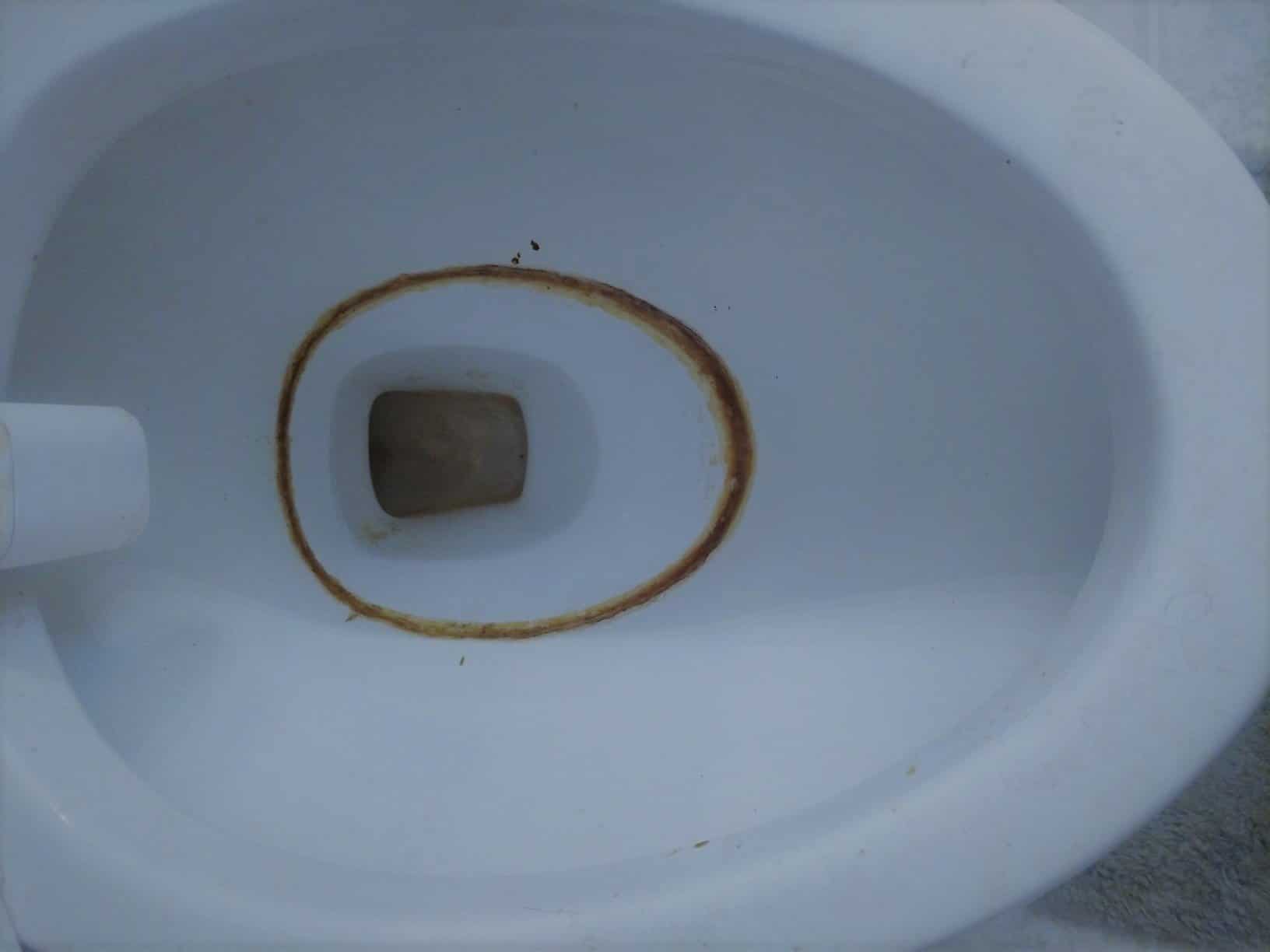
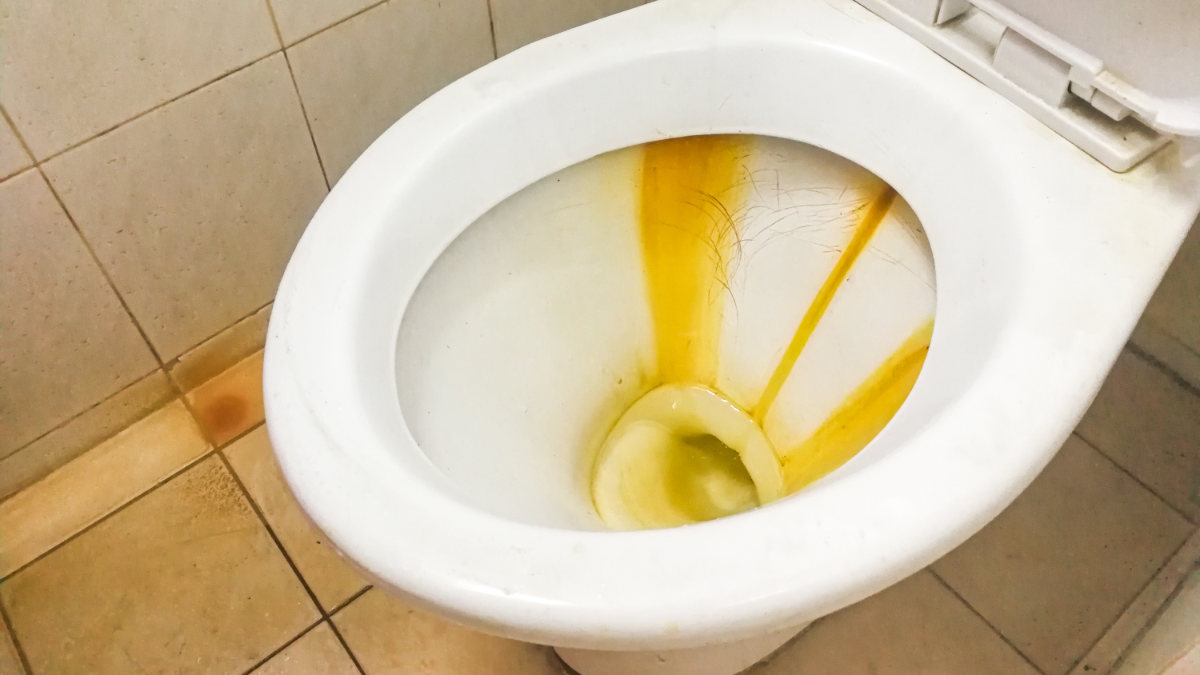
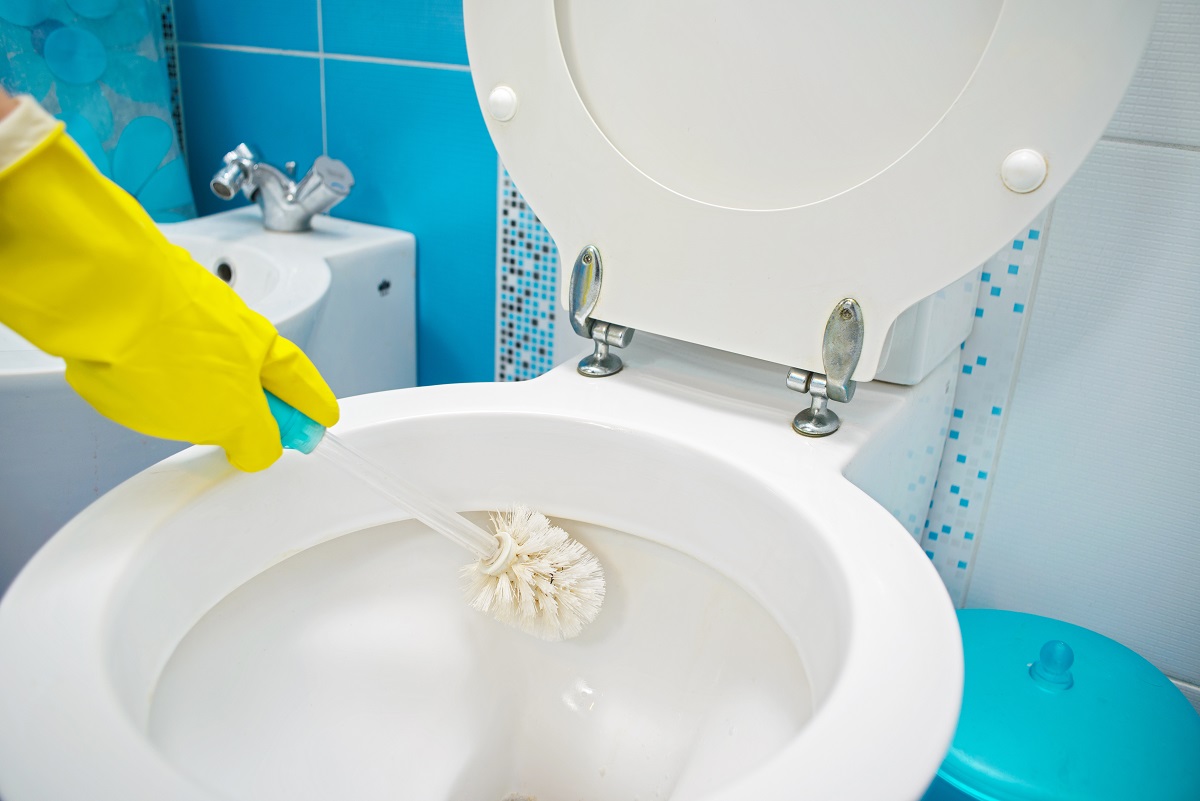
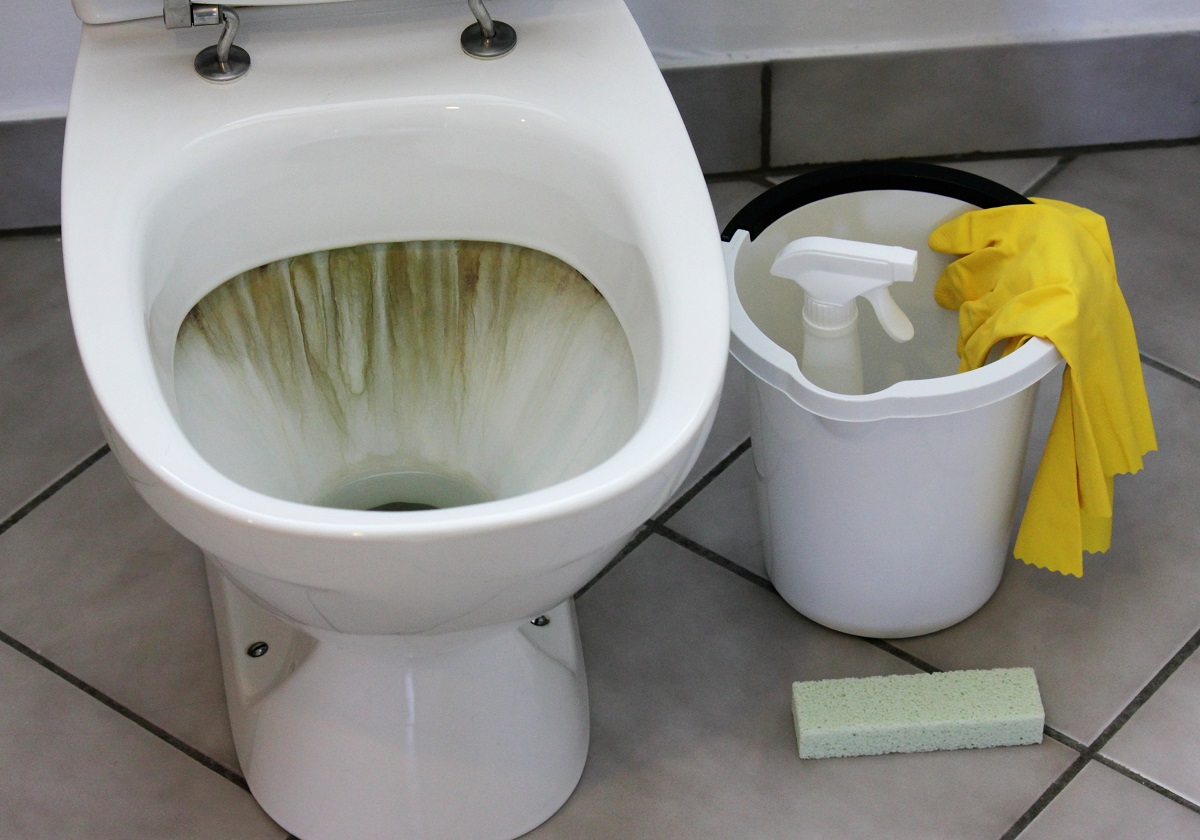
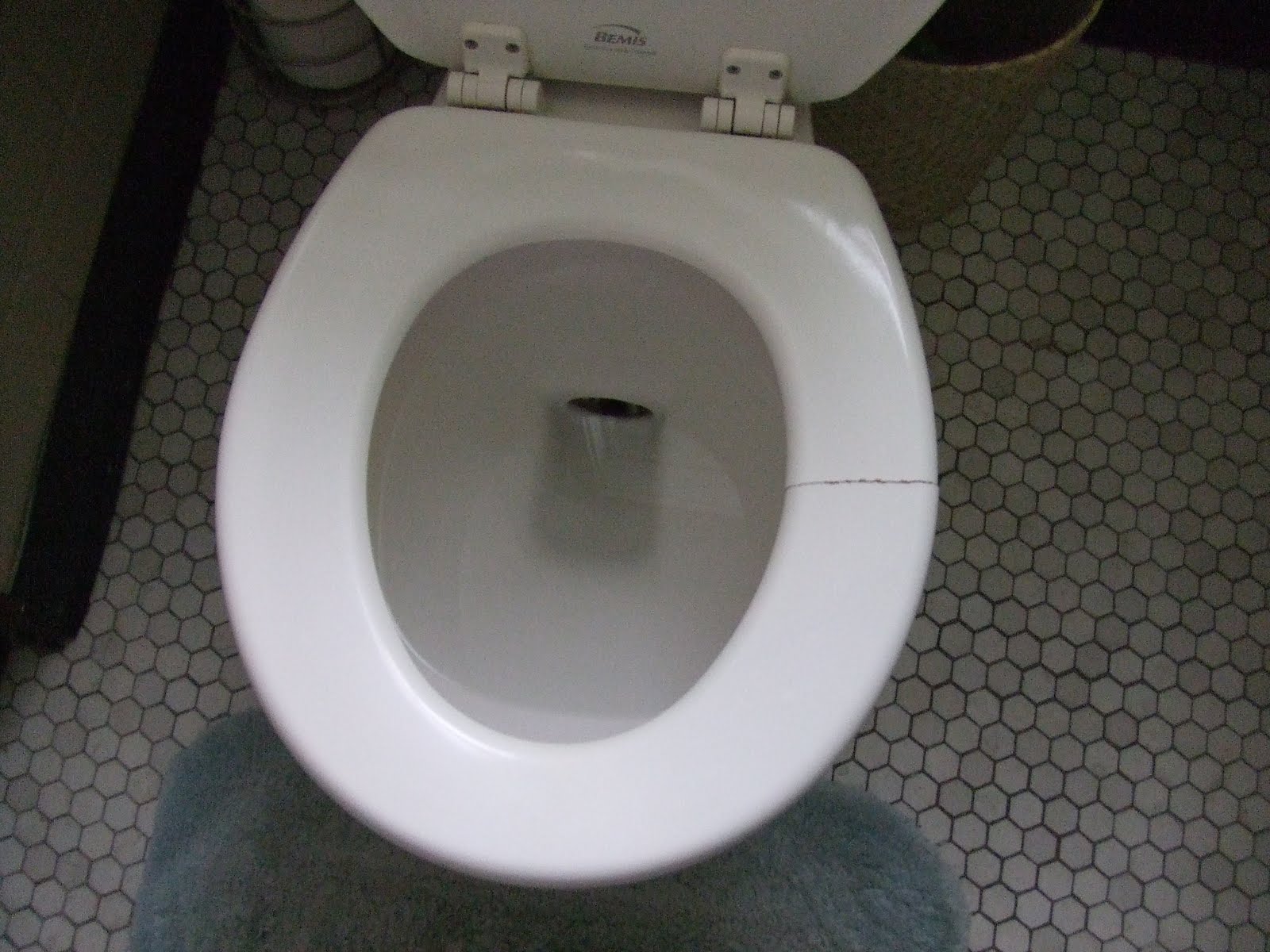
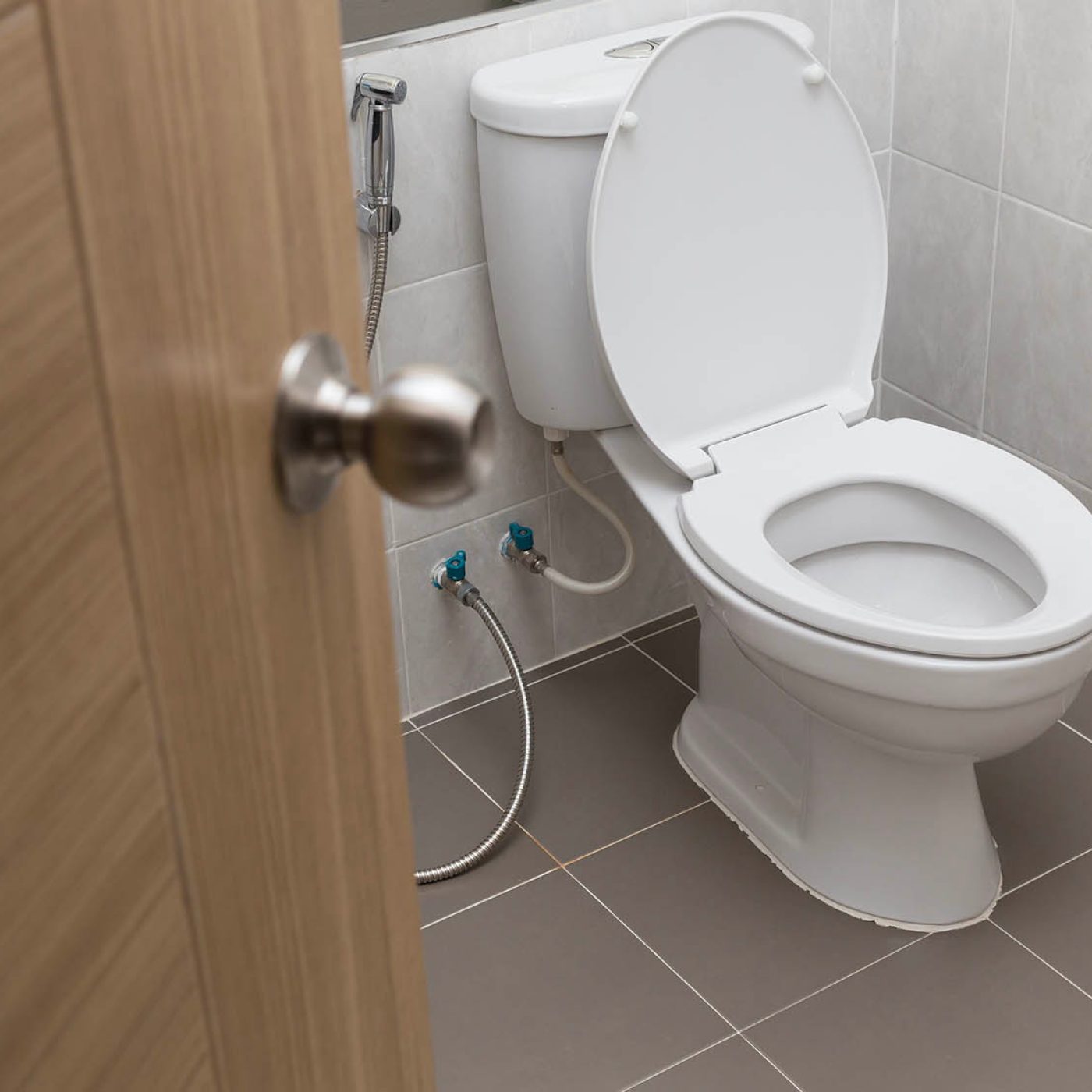
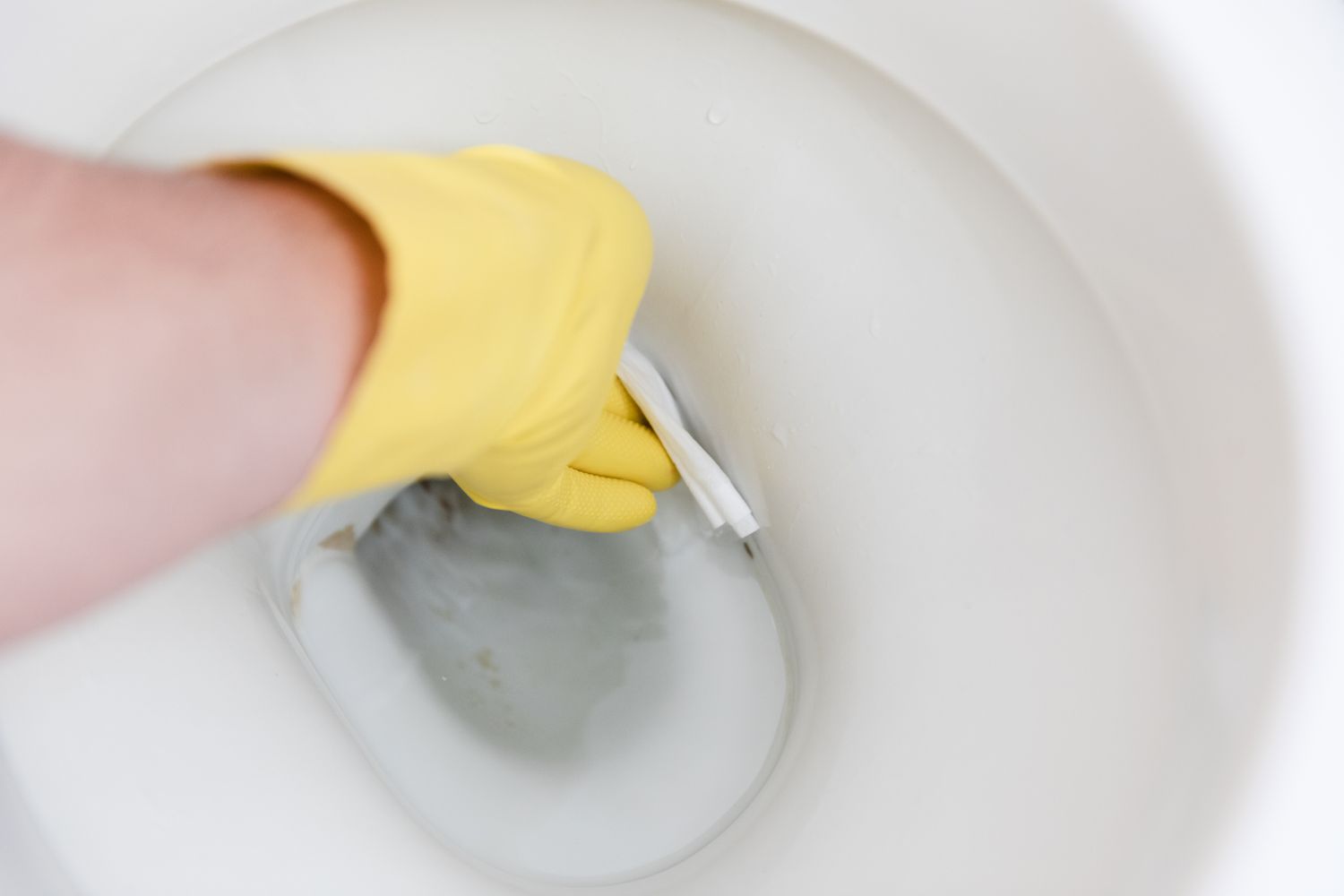
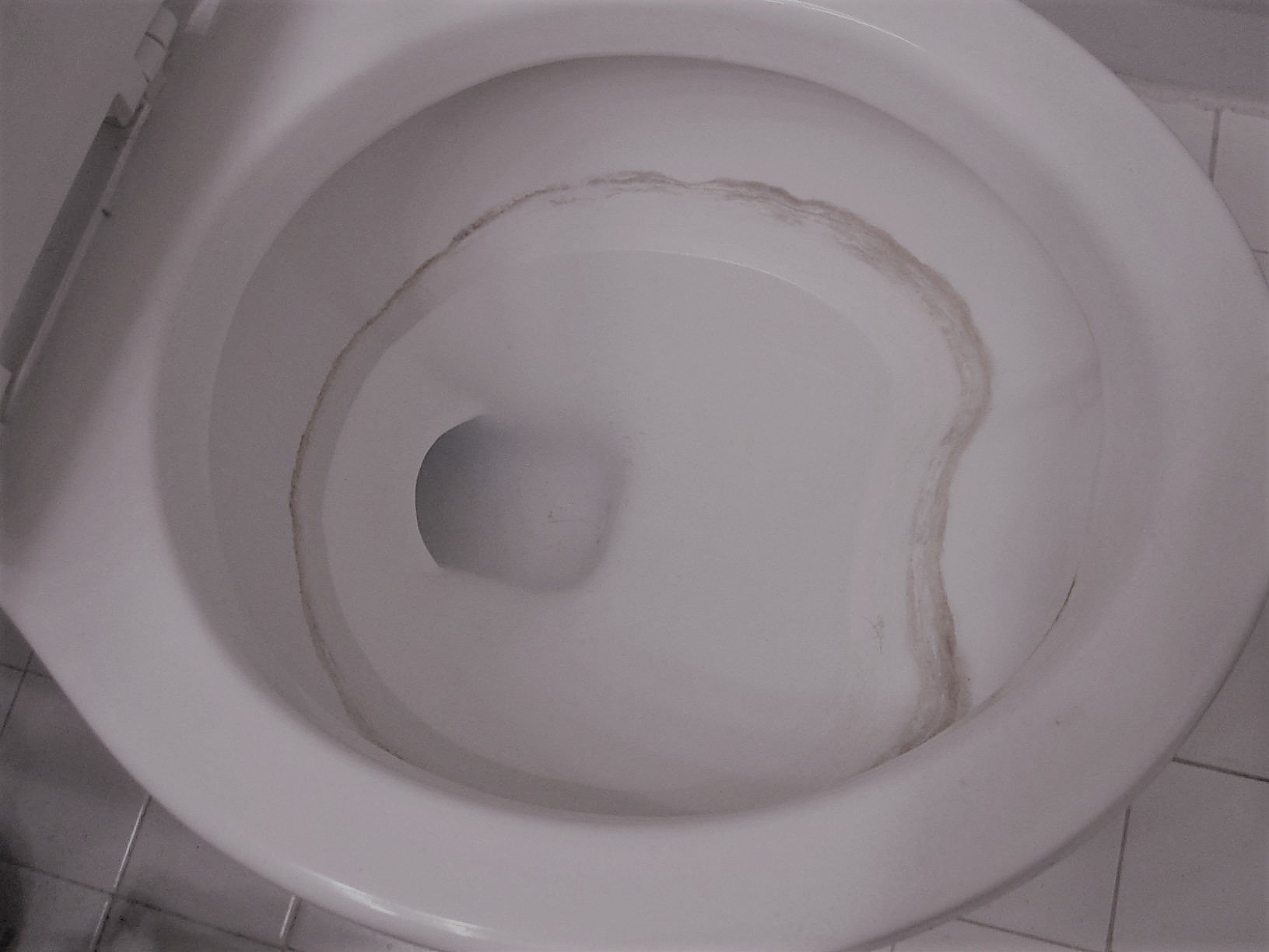
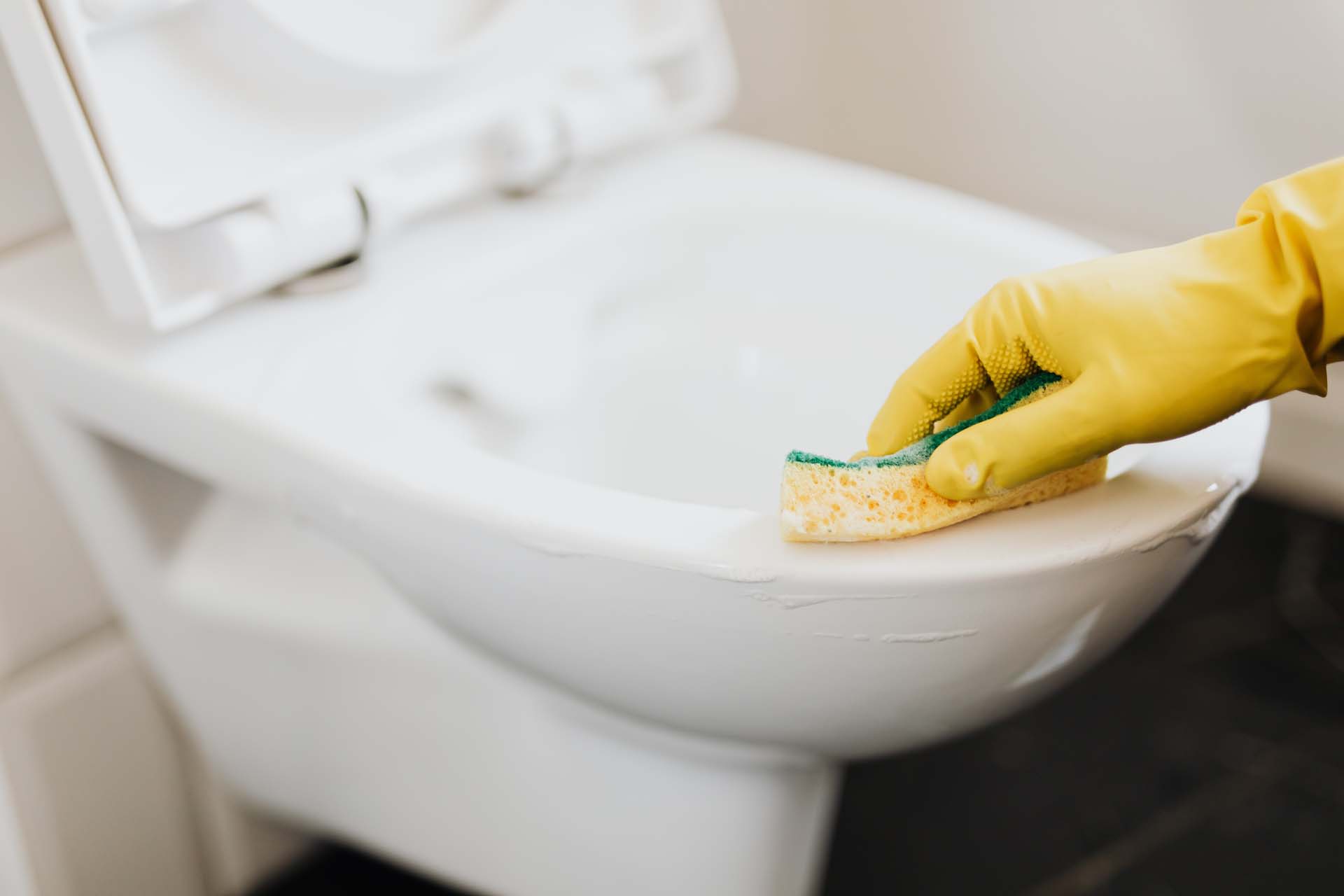
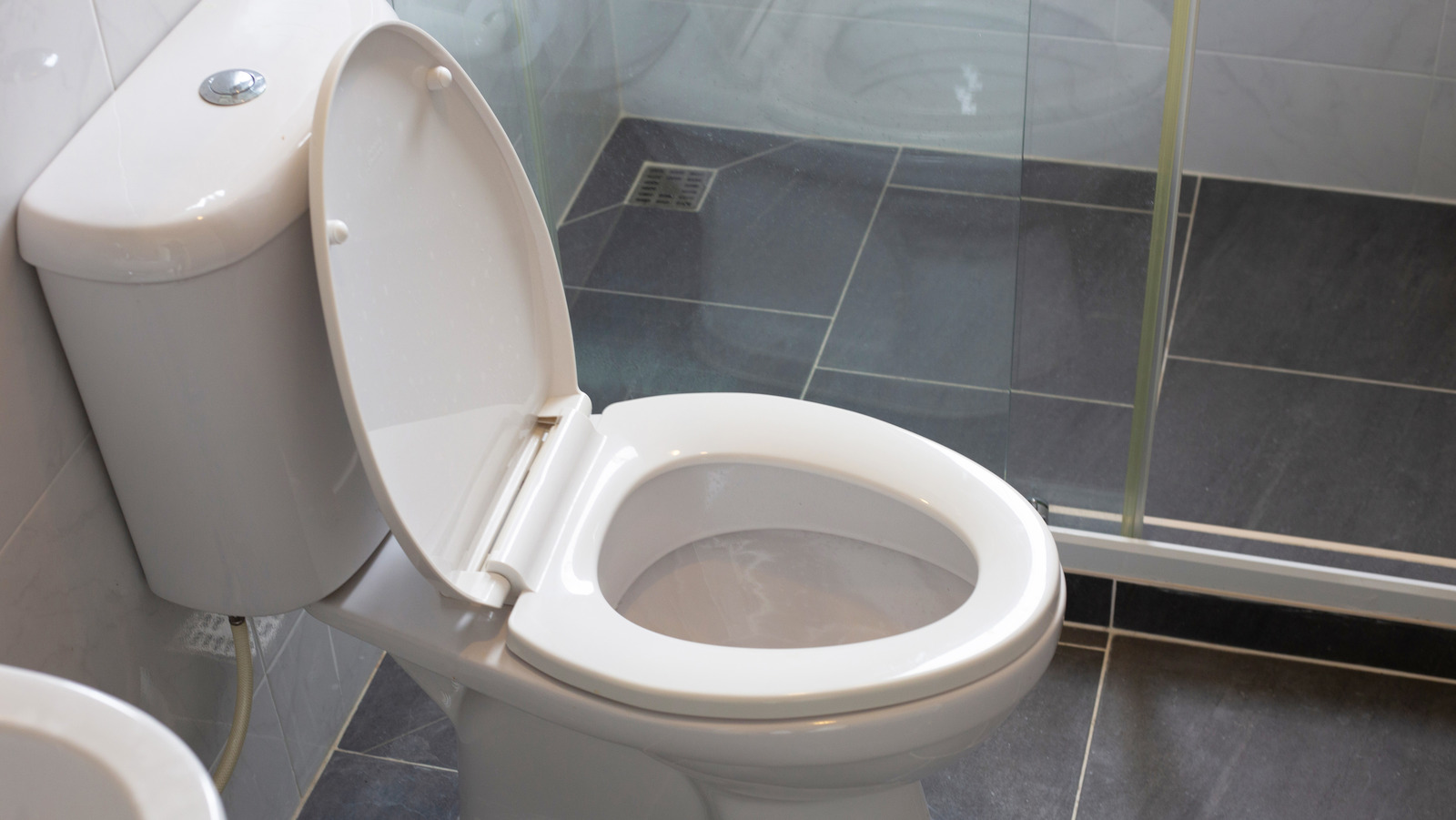
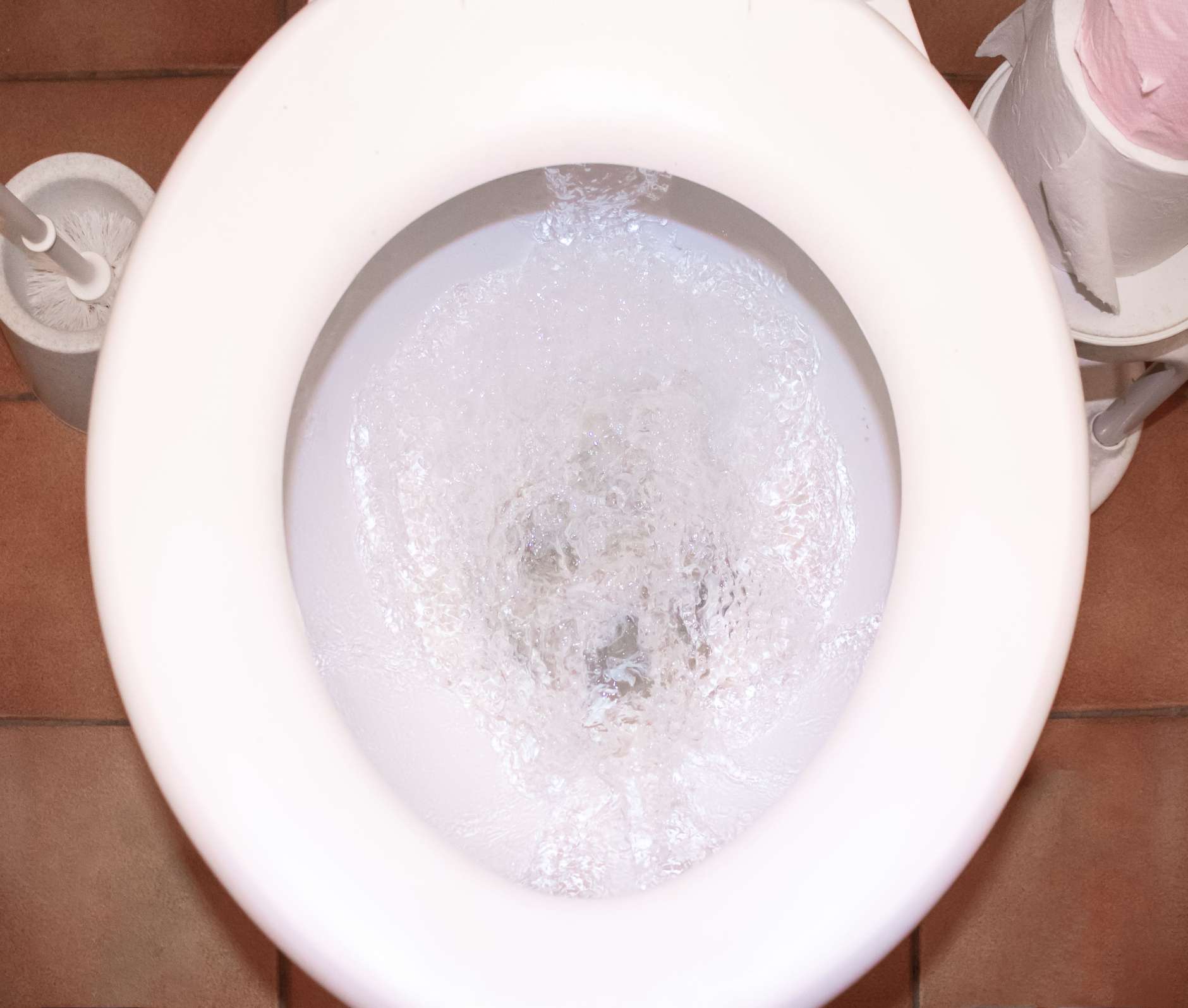
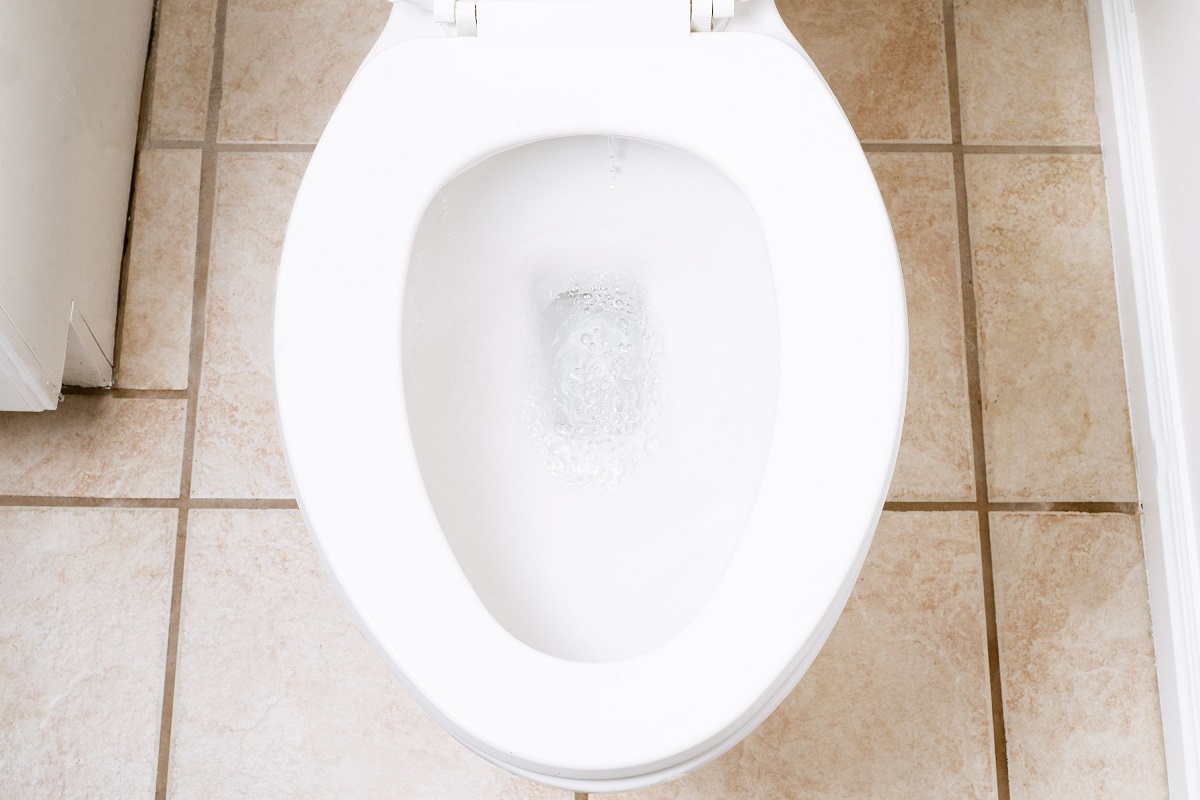
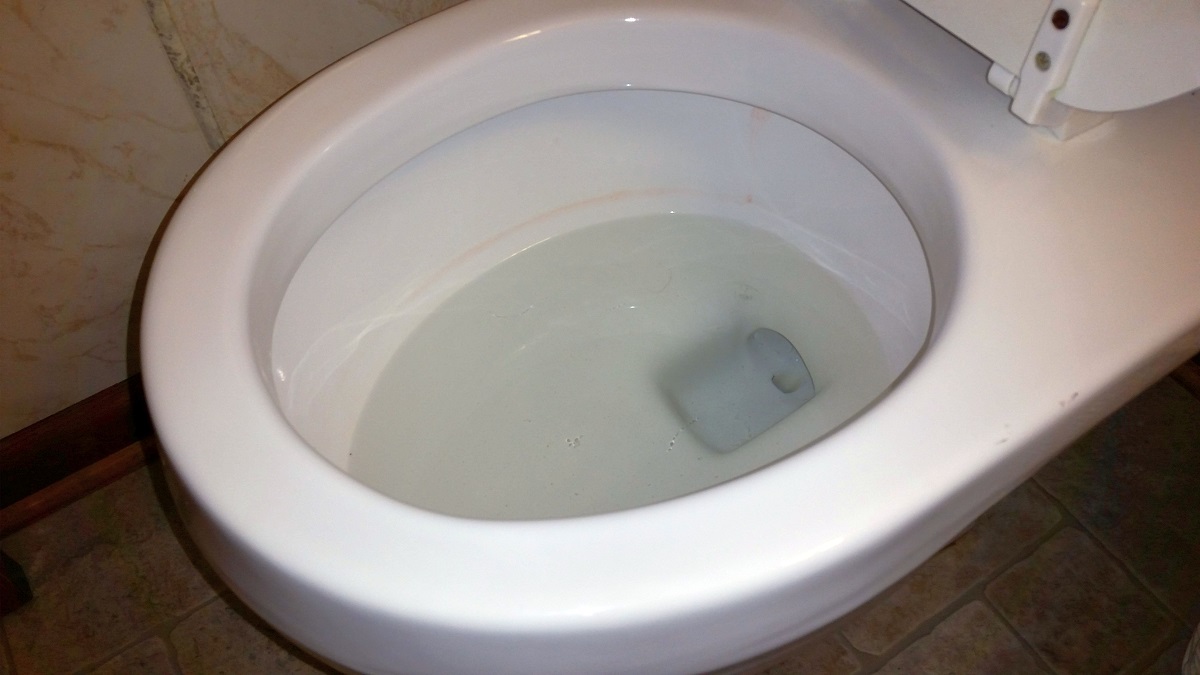
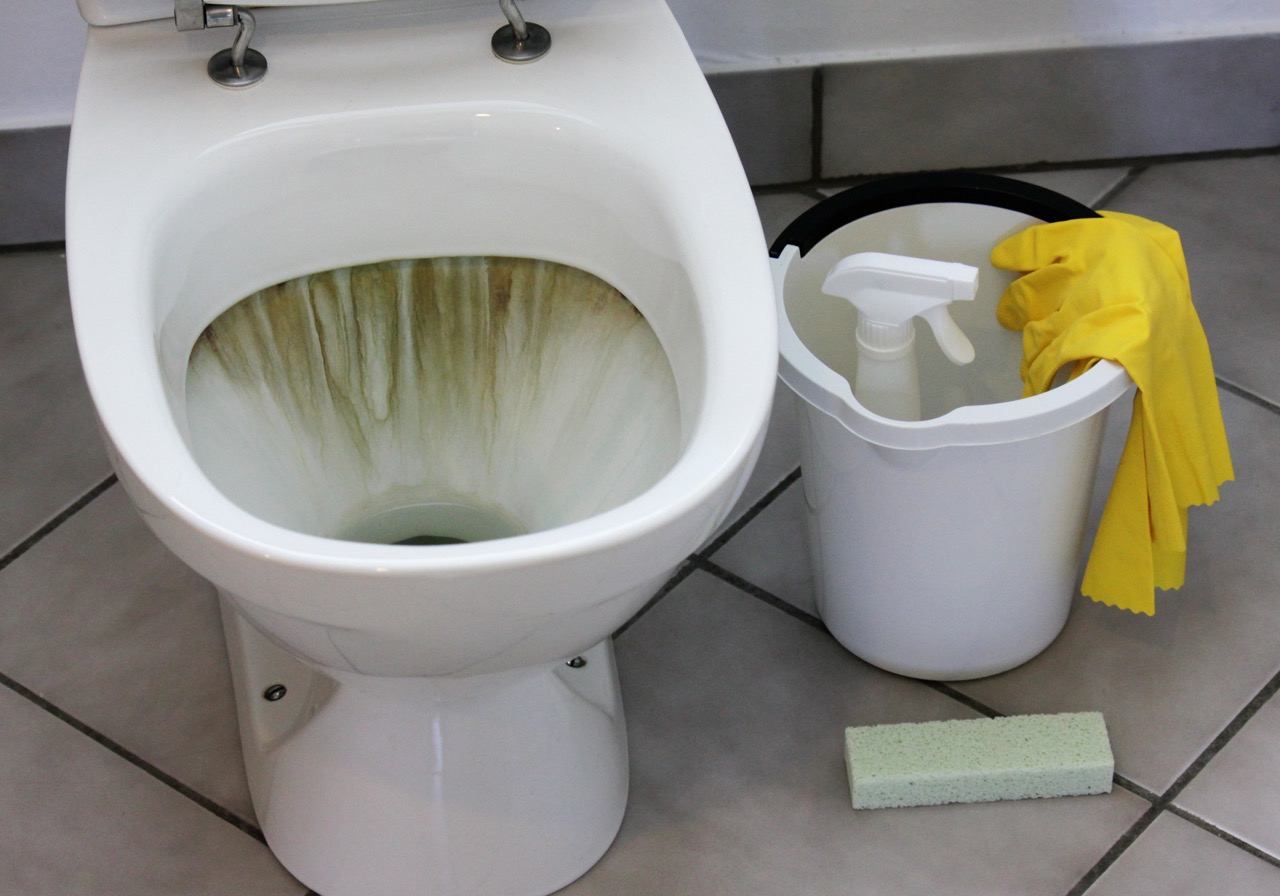
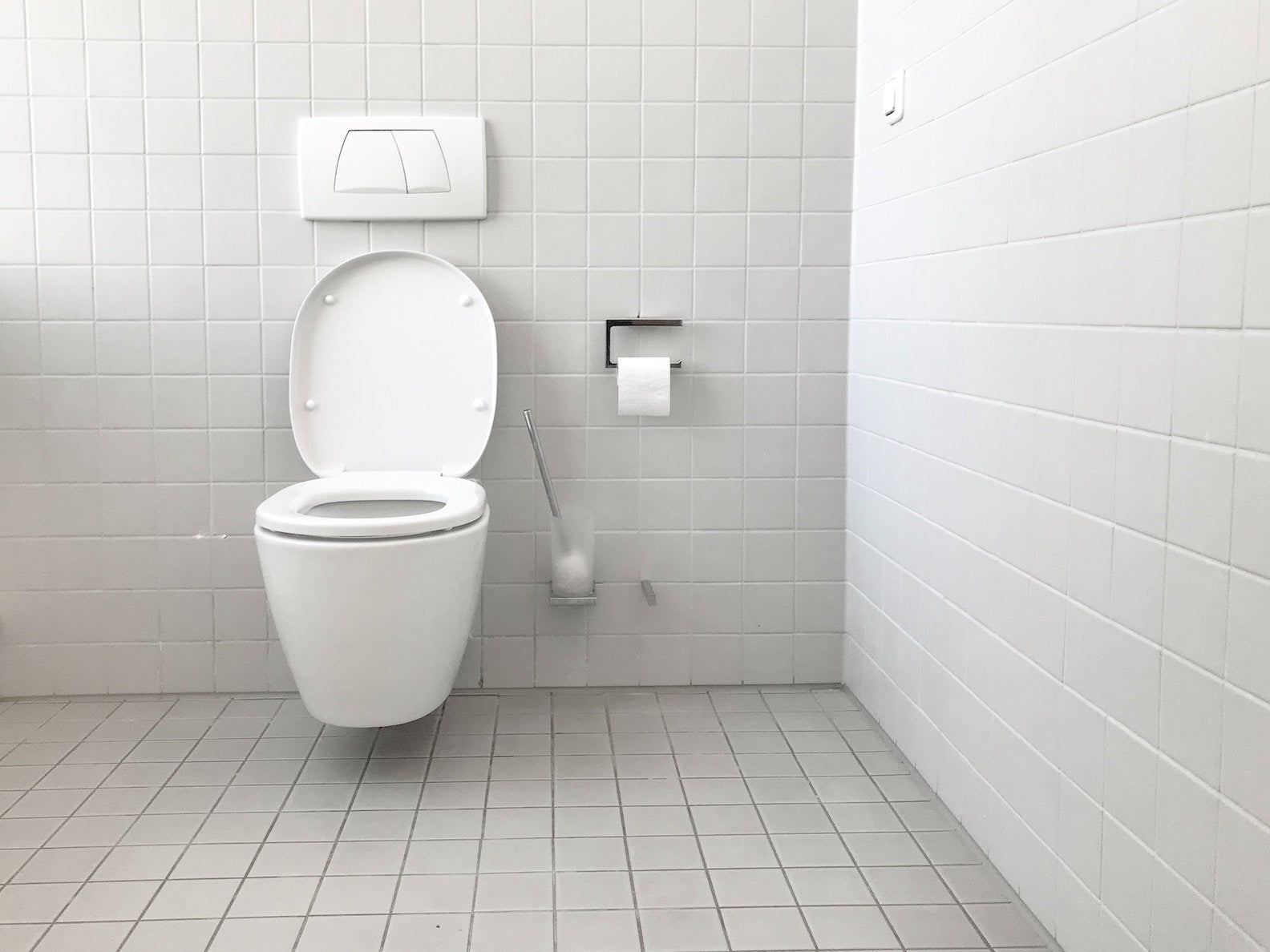

0 thoughts on “What Causes Toilet Bowl Ring”